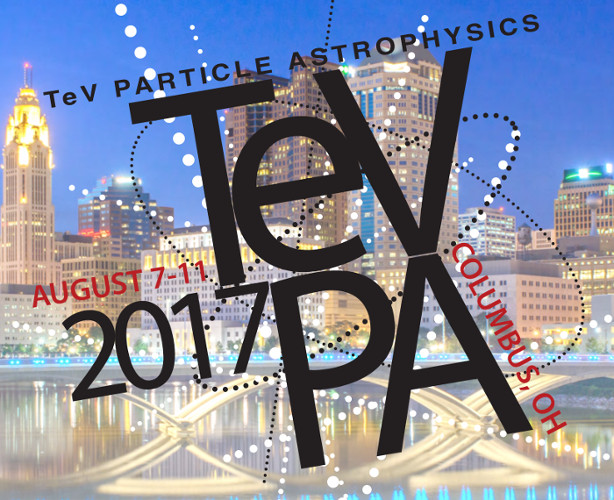Speaker
Description
We evaluated flux of cosmic ray anti-deuteron and anti-Helium3 from secondary astrophysical production.
The production cross section at proton-proton collision is one of the most important input parameter to determine the secondary cosmic ray flux. However, composite (anti-)nuclei production cross section is very small and the cross section data at collider experiments is quite limited. That is why proton-heavy ion and heavy ion-heavy ion collision data are often used to determine anti-nuclei production cross sections in the literature.
In heavy ion collision, physical volume of hadron emission region is larger than that of proton-proton collision. Also, in nuclear physics, it is known that composite nuclei production rate obeys a scaling law with the volume of emission region. However, this point has been neglected in the calculation of cosmic ray flux. We applied this scaling law to calculate anti-deuteron and anti-Helium3 flux. Our result is larger than the previous works by 1-2 orders of magnitudes. In particular, secondary anti-Helium3 flux could be within the reach of a five-year exposure of AMS-02.

